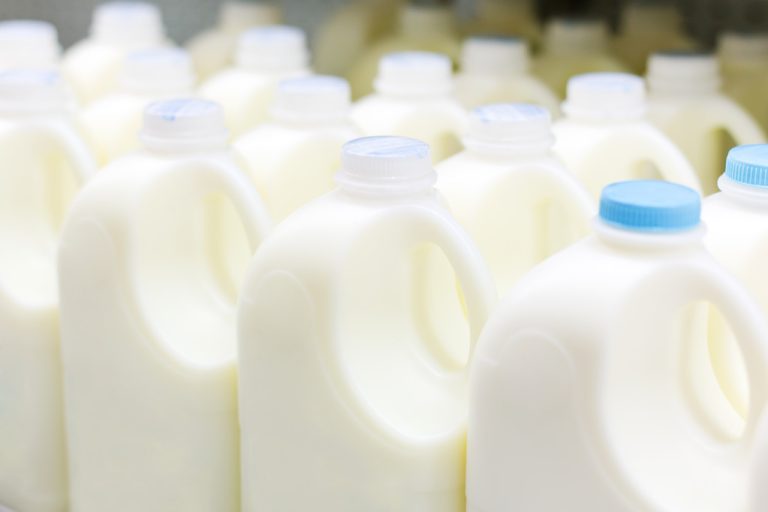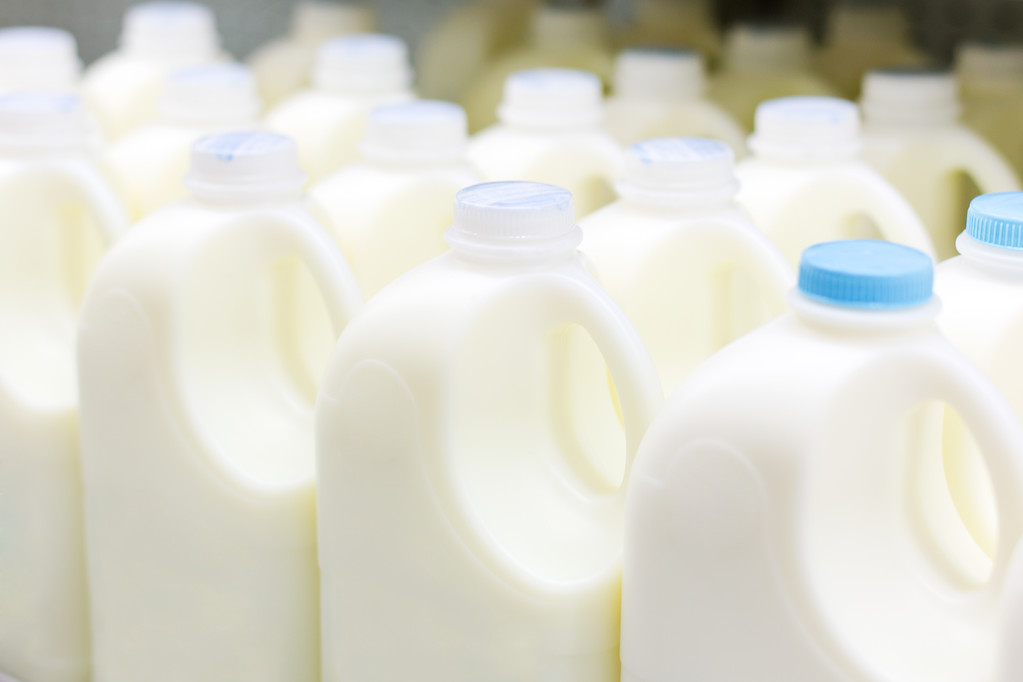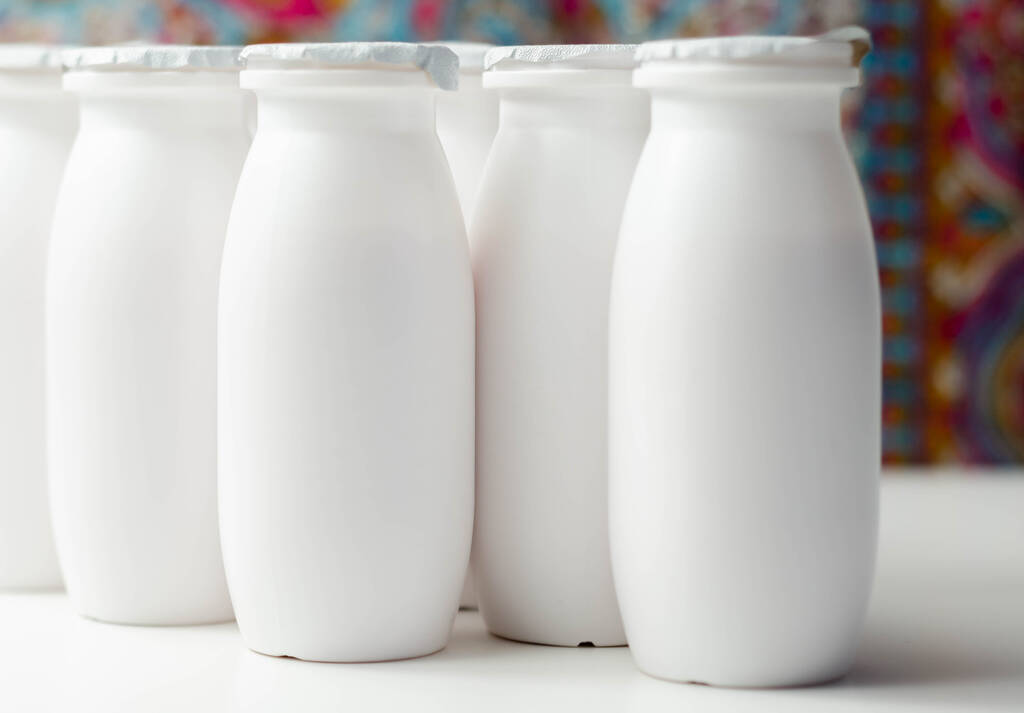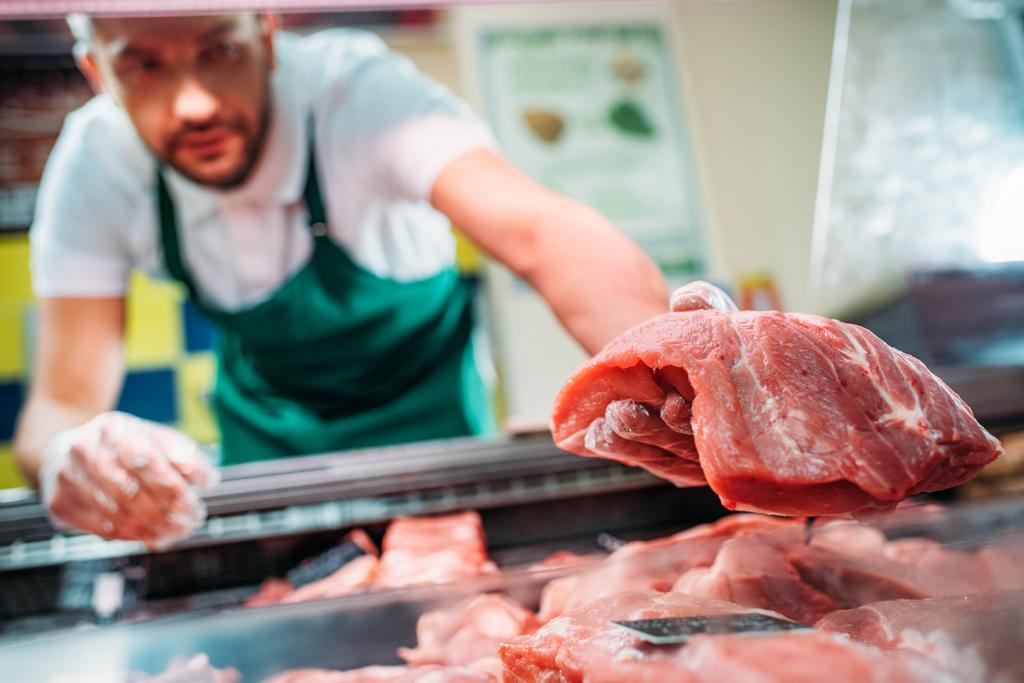White flour is a classic baking ingredient – but you should avoid it. But whole grain isn’t necessarily a better choice, experts say. We show when you should use which flour.
Type 405 white flour is probably the most commonly used type of flour. It is considered fattening and is said to make you addicted and even infertile. Although many of the myths about white flour have now been debunked, it should still be removed from the menu. Because there are much better alternatives.
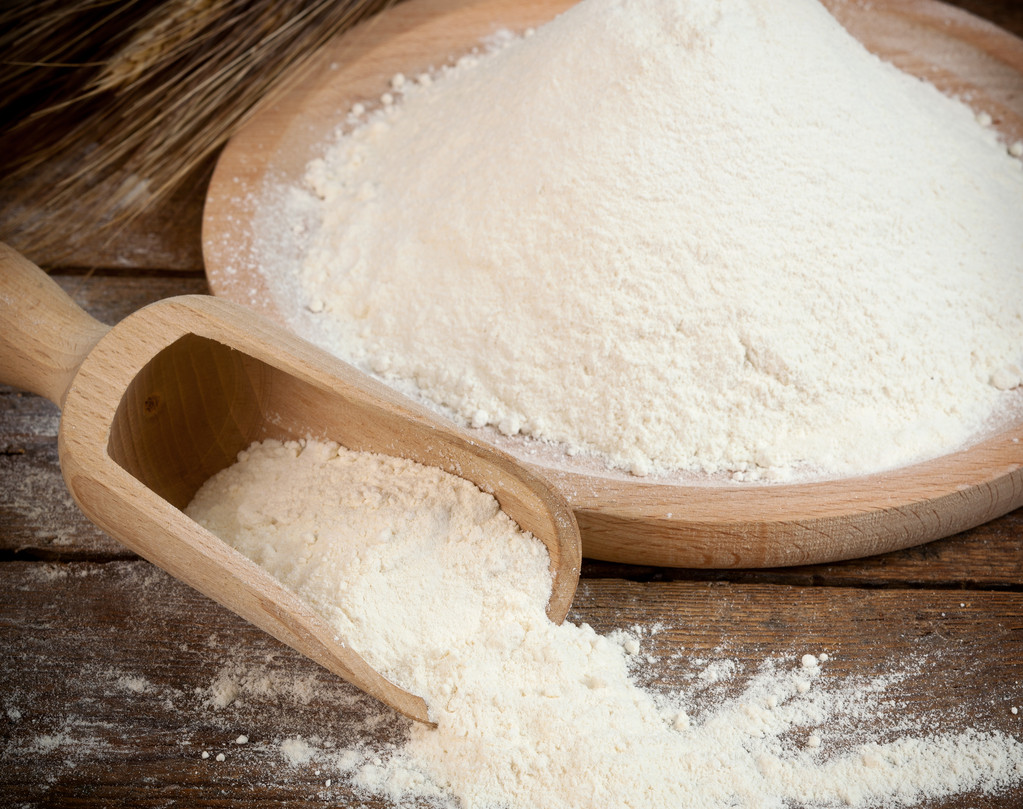
White flour under criticism
White flour is ground flour (usually from wheat), i.e. only the inside of the grain. The inside also contains all the calories.
The miller, on the other hand, sifts out the edges and seedlings of the grain. However, they contain valuable fiber, vitamins, minerals and healthy unsaturated fatty acids.
The body converts white flour into sugar very quickly – its glycemic index is very high. This means that glucose enters the blood very quickly and the blood sugar level rises by leaps and bounds. The blood sugar level drops just as quickly, however, since the sugar only lasts for a short time. Then food cravings follow, because the body wants to increase the blood sugar level again.
Products made from white flour therefore have a lot of calories, do not keep you full for long and make you hungry again. If you then turn to white flour products again, you will supply your body with even more calories.
According to studies, eating a lot of white flour can promote obesity, diabetes, high blood pressure, heart attacks and joint damage.
However, the health consequences also depend on the rest of your diet and lifestyle.
The intestinal flora should also be able to influence how white flour affects health (study).
In a study involving more than 80 subjects, researchers also showed that the body can utilize 100 more calories from wholemeal flour than from white flour. This corresponds to a walk of about 30 minutes. Dark bread provides our body with more energy than light bread.
Avoid white flour and use whole grains
The best alternative to white flour is wholemeal flour (wholemeal wheat flour is also good). Wholemeal spelled flour is even better because it contains more nutrients than wheat products. Wholegrain rye flour contains the most fiber and B vitamins:
Wholegrain flours contain the whole grain and not just the inner core.
The roughage in wholemeal flour swells up in the stomach and provides an additional feeling of satiety. They also inhibit the release of hormones that make you hungry.
The fiber also stimulates digestion and helps against constipation.
The blood sugar level does not rise as quickly and not as high and also falls more slowly. Whole grain products keep you full for longer.
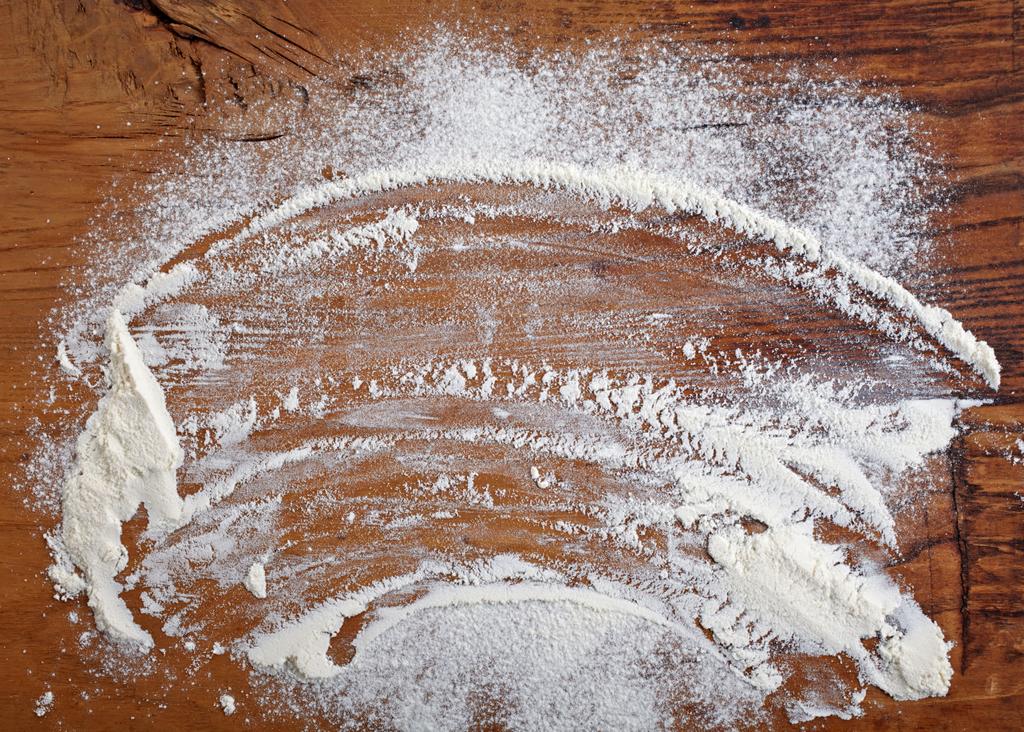
Wholemeal bread is not always good
Even with whole grain bread, the blood sugar level can rise quickly and then fall again shortly afterwards – making you hungry again quickly. This is due to the processing of the flour, says Prof. Andreas Pfeiffer from the German Institute for Human Nutrition. In the science magazine Quarks & Co., Pfeiffer explains that the rise in blood sugar is the same with finely ground bread – regardless of whether it is white flour or wholemeal flour. Because the body can quickly absorb the starch in finely ground bread.
Better: buy coarse wholemeal bread. It fills you up for a long time and is healthy. It is best to use 100 percent whole grain and organic quality. In this way you ensure that there are no residues of chemical-synthetic pesticides in the flour.
Basically, wholemeal bread is darker than bread made from white flour. However, you should not only rely on the color, because some bakers mix in malt syrup and turn the bread into “black bread”. That’s why you should definitely look at the list of ingredients and ask your baker how high the whole grain content is. The bread must have at least 90 percent wholemeal flour/meal in order to be called wholemeal bread.
Scientists from Harvard University warn against being misled by the “whole grain” on grain products when buying. In principle, whole grains are healthier, but many products contain more sugar and calories than other products. So you should not blindly buy every product that says “whole grain”, but look at the nutritional table and list of ingredients.


